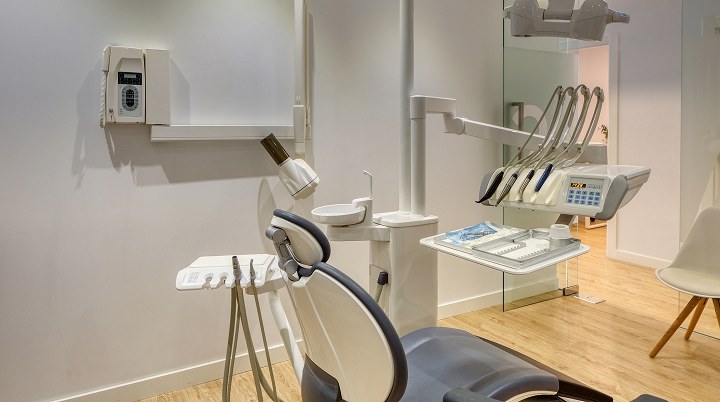Many dentists, technicians, and office managers might recall the excitement as practices started to do away with walls of patient records kept in manilla folders. As on-prem servers and software replaced files loaded with mixed degrees of penmanship, patient information became more reliable and easier to update. The risk of records not being correctly updated practically evaporated as people used a clipboard to confirm the accuracy of existing information, not create copy after copy, running in parallel. This transition, while perhaps costly for smaller practices, clearly displayed value immediately. Today, the next evolution is cloud computing for multi-office practices, further enhancing the reliability, accessibility, and efficiency of patient information management across multiple locations.
Through the use of cloud technology, multi-office dental practices have the opportunity to take advantage of new ways to boost productivity than ever before.
The four advantages using cloud computing for a multi-office practice:
1. Access Anywhere
When all records are kept locally, it means all questions and curiosities about a patient can only be answered while on site. Consider the average steps to check in on a patient while on the other side of town: Calling the office in the hopes that staff aren’t busy with a patient, requesting the info, and waiting however long it takes to pull up. You’ll then likely need to scribble something down so you don’t forget it or ask that person to carefully edit a file. That’s all assuming you don’t have to make the trek yourself in search of one specific computer screen or log in. Using an accessible interface, whether that’s a desktop, laptop, tablet, or phone, you can log in and review or edit any records you need, at any time.
2. Ensuring Bills Get Paid
Considering any average dental office starts to thrive at around 1,800 patients, having multiple locations means tending to thousands of insurance claims each month, just to get paid. Thorough reporting typically comes at the end of a week, when you gain visibility into the outstanding payments owed to you by insurance organizations, as well as patients. Bringing reporting into the cloud means that updates are delivered personally and instantaneously. Depending on your role, you can check in on all invoices across all locations at any time during the day. Even if you’re out for a quick lunch, track whether claims in the morning were paid immediately or which outstanding invoices are creeping toward the 90-day mark. More robust services will support entering paper or EDI claims into your records, as well as clearly defining held payments, overpayments, and discounts. The flexibility of cloud services also means the introduction of self-serve capabilities whereby customers can book their appointments, file patient information, and even make payments!
3. A Shared History
For some dental organizations, the availability of locations is one of the biggest attractions for new patients. While a patient’s primary location may be close to their work or home, being able to access another office in case of an emergency will remind them why they chose you as their care provider. The ability for a dentist on call, handling a chipped tooth, to access dental records that might otherwise be unavailable translates to better care. A holistic approach to care that takes into account a patient’s history not just with their health, but with your business, is truly great care.
4. A Prescriptive Template
If you have multiple offices, then you’ve got multiple dentists or specialists providing care. An appointment for cleaning will have patients heading out the door with a bag of toothpaste and floss. On the other hand, dental surgeons covering repair or extraction are much more likely to be sending patients home with a prescription. If you or your staff are regularly focused on a specific course of treatment, being able to template, and even digitize prescriptions can mean less time scribbling, and also less risk of manual error. With cloud computing for multi-office practices, prescription templates can be made available, automatically assigning themselves to a patient’s file without the risk of anyone failing to enter the info by hand or attach it to patient records.
Operating an efficient multi-office dental practice is easier when cloud technology is on your side. Learn from four dentists on their journey to move from paper-based and/or legacy, on-premise practice software to CleaDent’s cloud-based platform.
To learn more about what cloud computing is and why it is right for your dental practice, download our free eBook.






